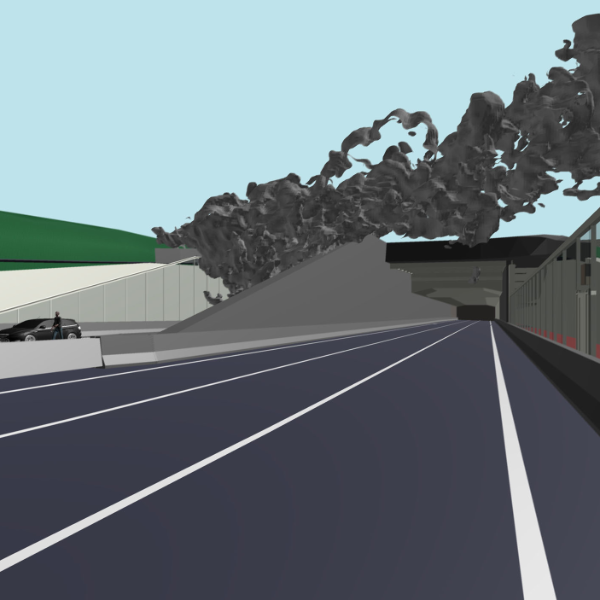Fire safety engineering

Fire safety engineering
Brussels is busy renovating its metro stations. Beautiful, old stations, but fire safety is not optimal. How do you best make such a complex structure as a station, with multiple exits, halls and open spaces, resistant to smoke and fire?
A new virtual-reality simulation by Witteveen+Bos offers a solution. 'You divide the building into tens of millions of cells. Then you calculate the fluid dynamics of the smoke in each of those cells,' says Tamara Dolle. The dynamics have been scientifically verified and therefore correspond well to what would really happen. Wind, number of people in the room, shape of pillars - they all influence the smoke movement, and you can see that reflected in virtual reality. The VR experience also simulates the evaluation plan of a room, so every aspect of a fire or accident can be viewed virtually.
The simulation of a Brussels station allowed architects and designers to see what the effect of certain measures would be. 'Thanks to our simulations in VR, they knew what was needed to make it completely safe in case of fire,' according to Aryan Snel.
One drawback is the computation time. Dolle: 'Even with 16 to 32 processors, you spend a week calculating the simulation of smoke dispersion.' So seeing the effect of a new design in real time is out of the question for the time being. 'But as computers become faster, we will soon be able to link several simulations together,' Snel imagines.
The VR experience makes calculations more insightful than a two-dimensional picture. 'It provides understanding and insight for people who know less about fire safety,' says Dolle. For example, the simulation can help authorities make decisions. But firefighters also gain more insight by walking around a simulation of a tunnel fire. Snel: 'And if you use this simulation already during the design process, fewer fire mitigation measures are needed afterwards.'

